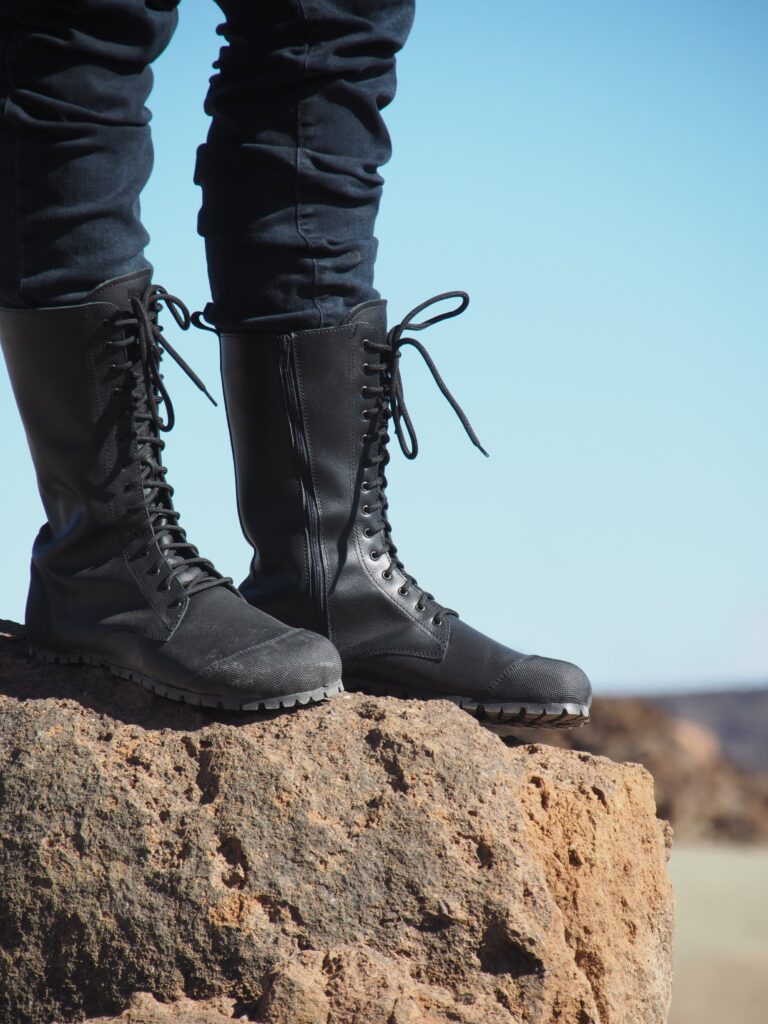
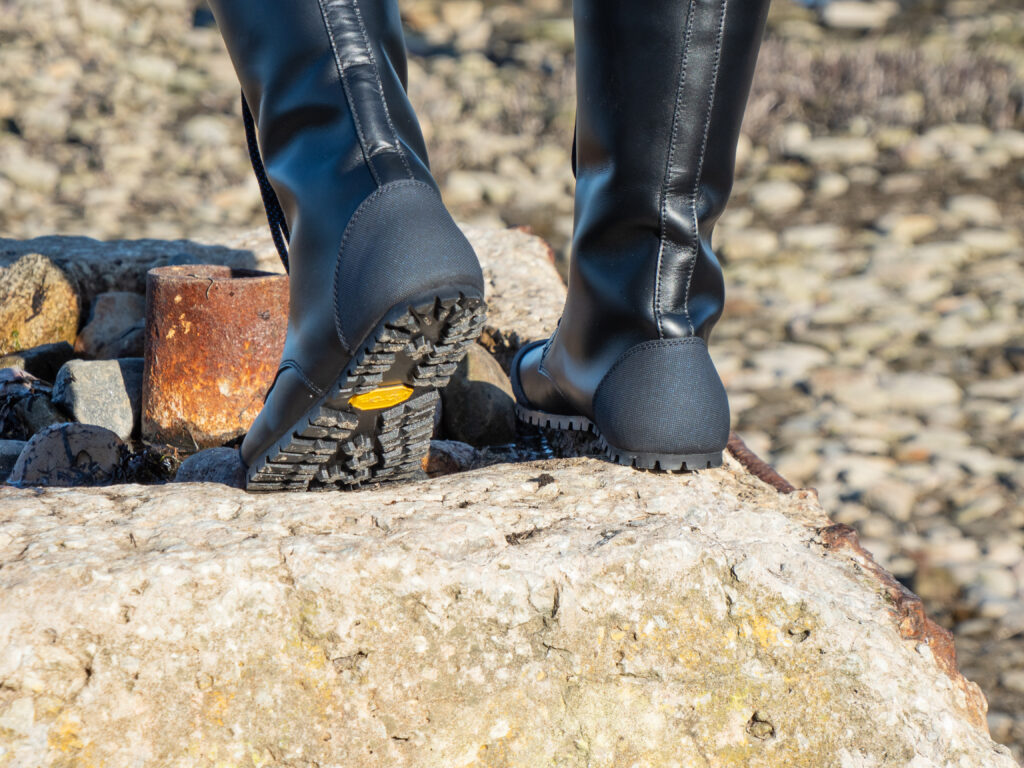
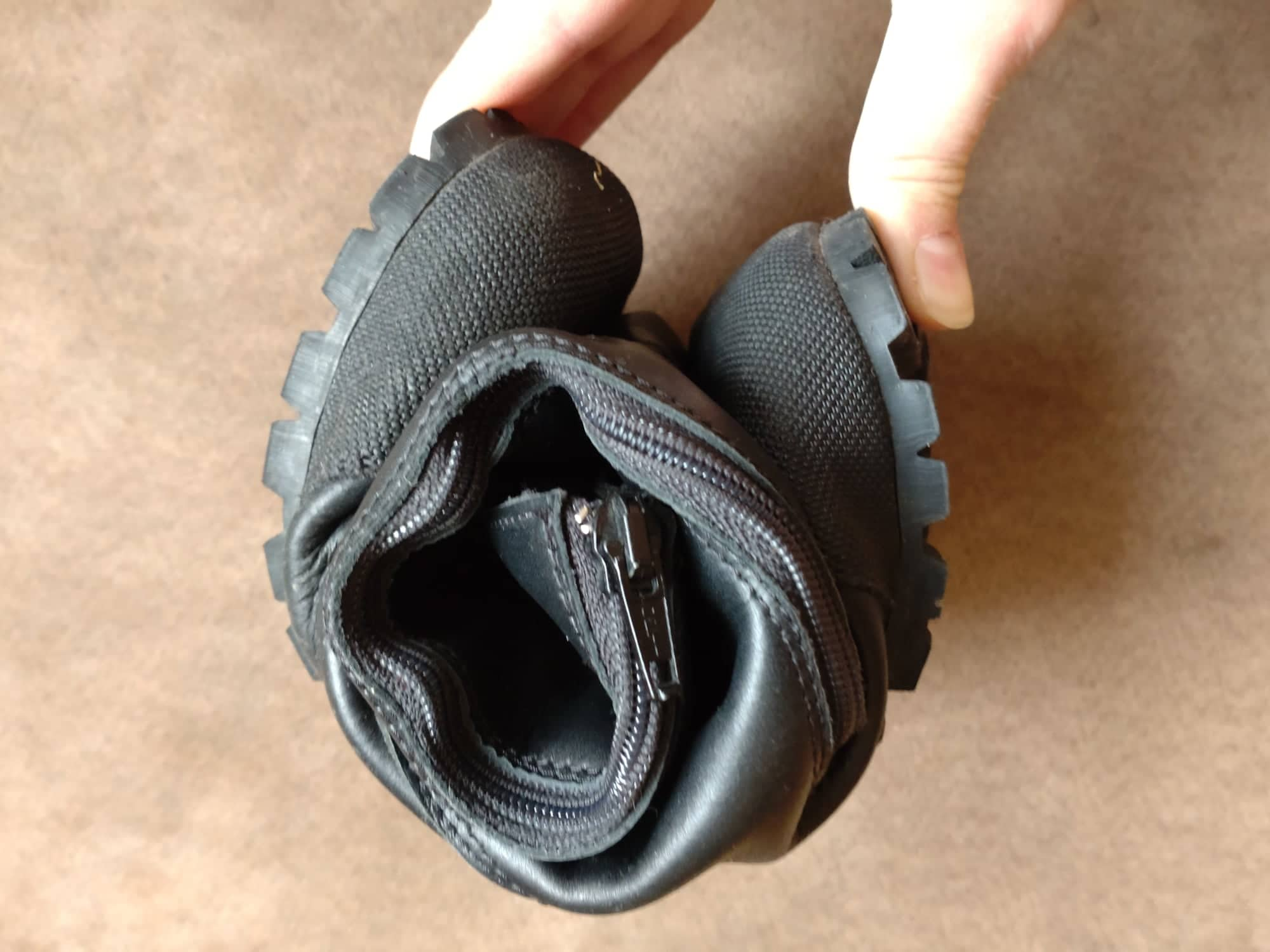
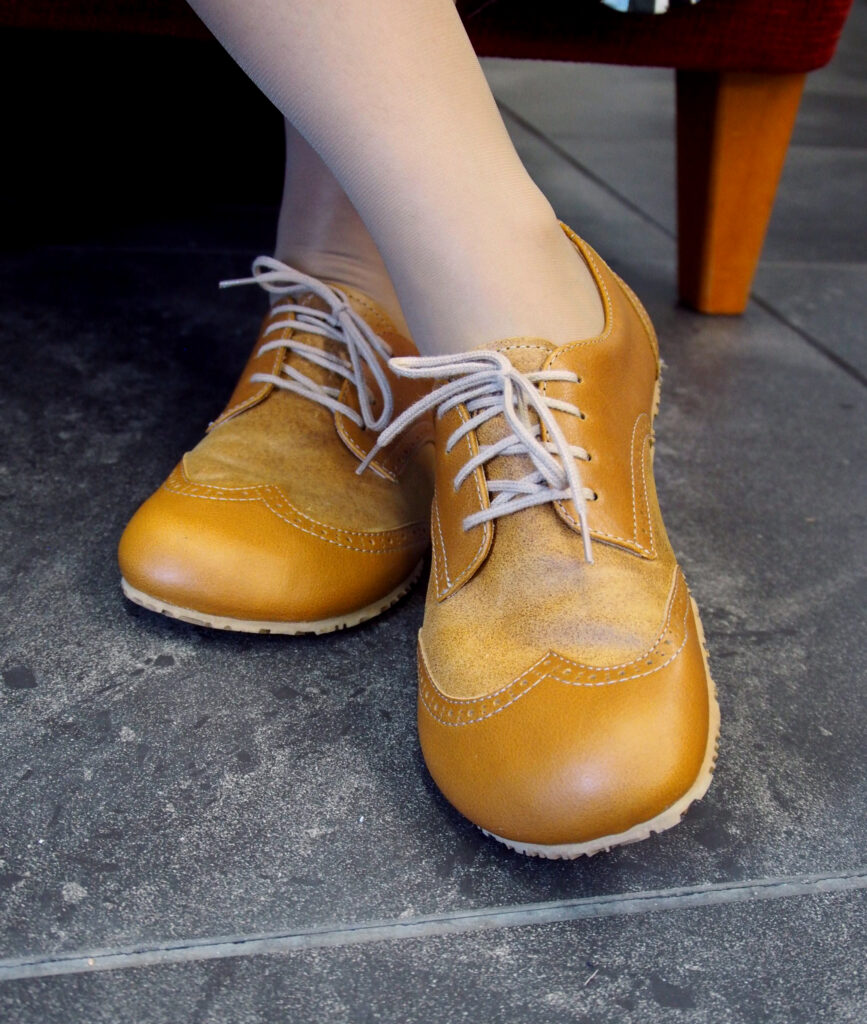
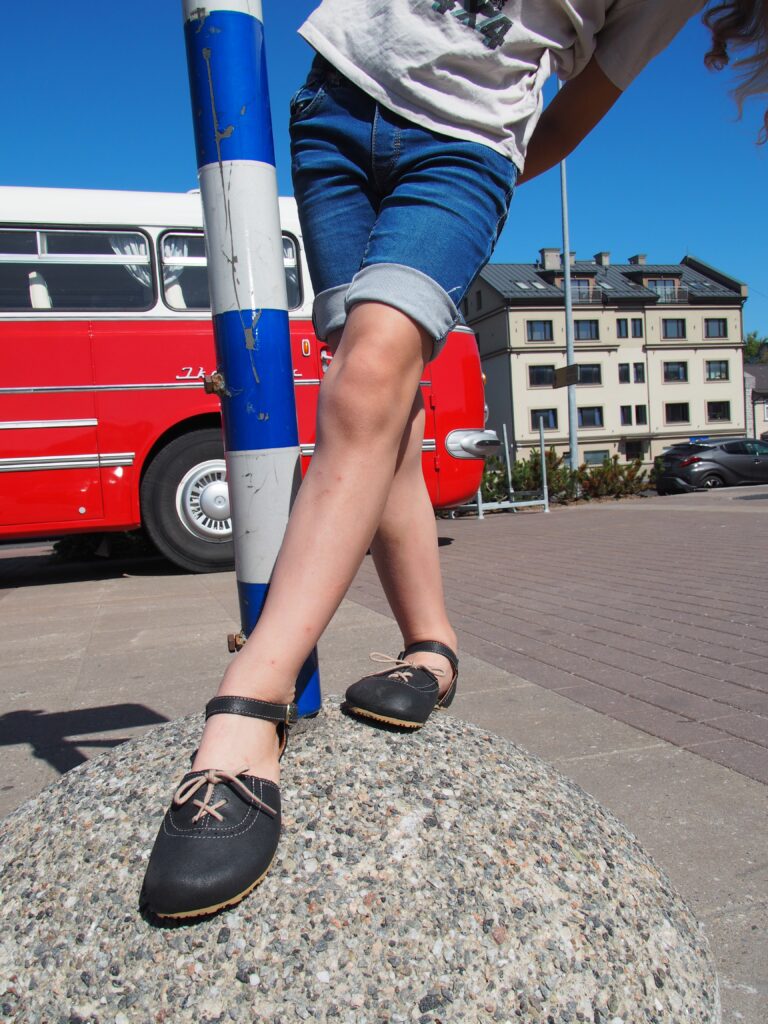
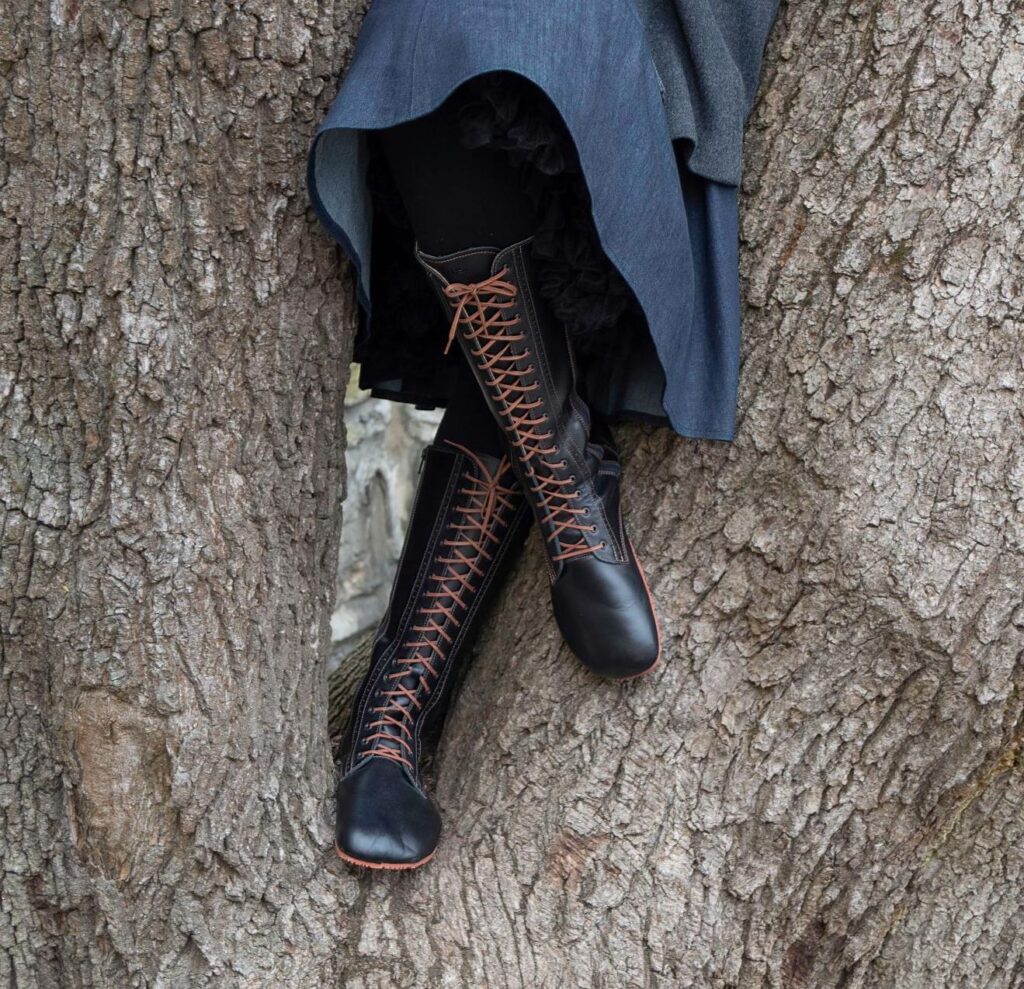
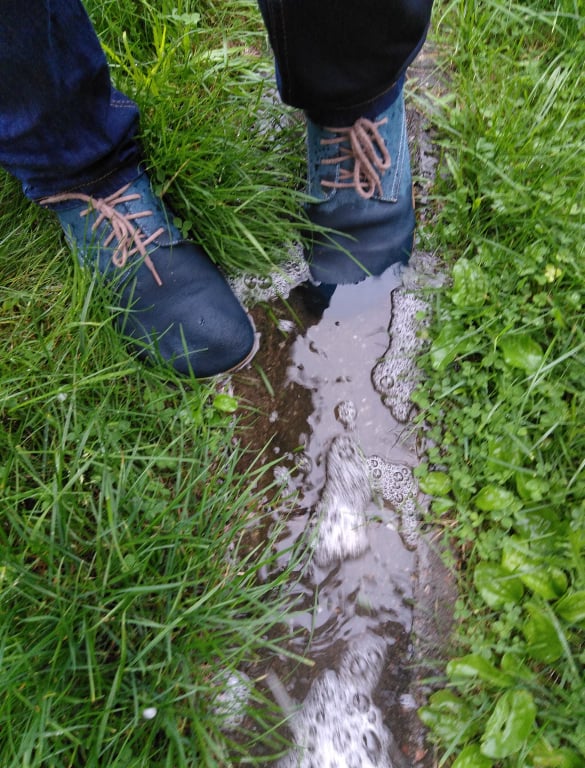
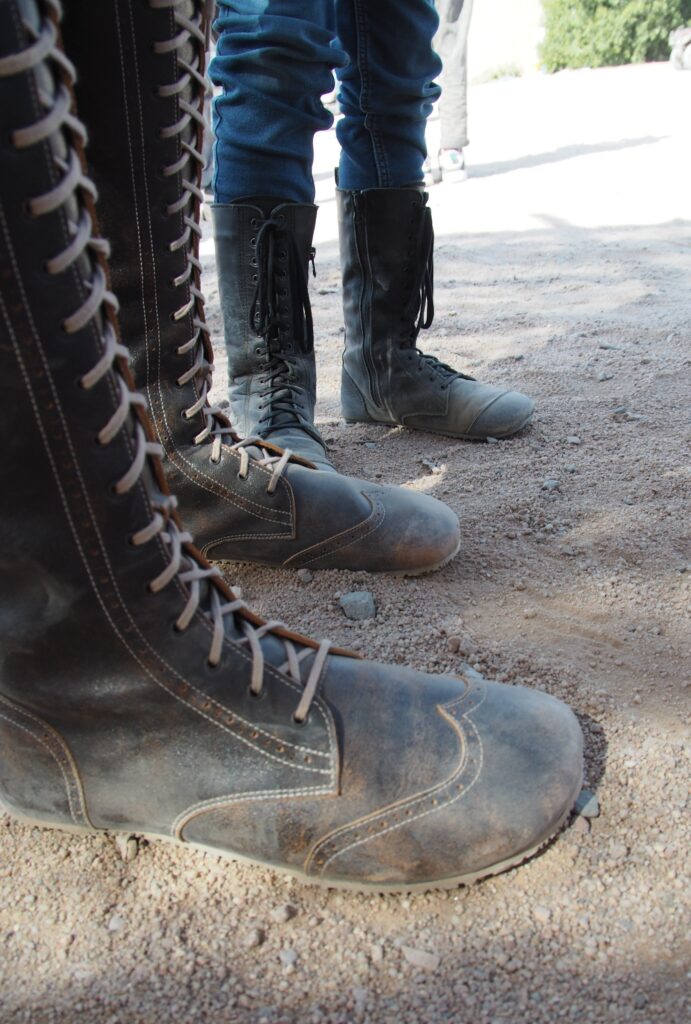
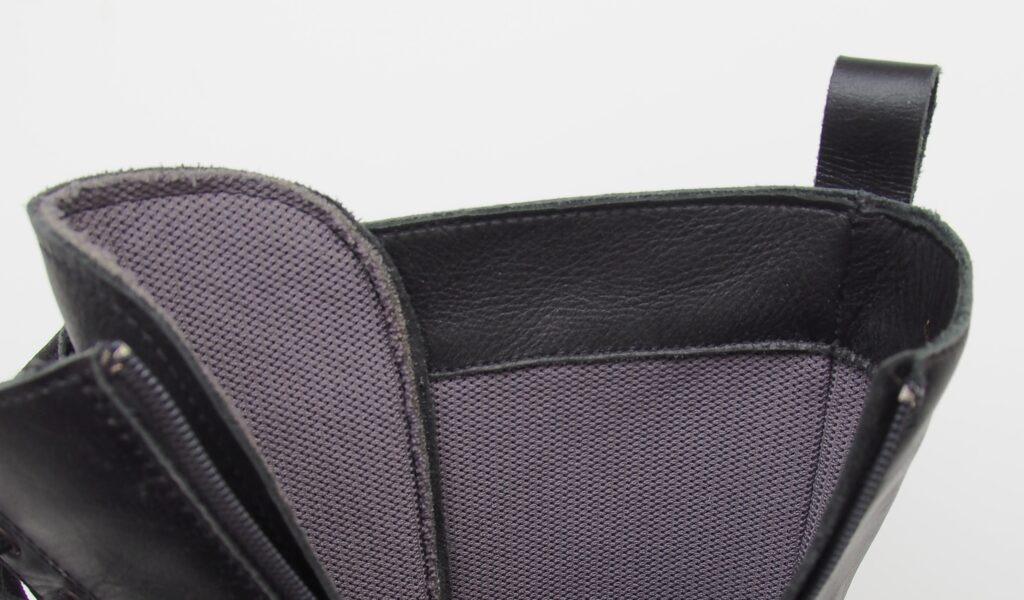
Like everyone, we have many plans and dreams. Some are real and attainable, some plans and dreams cannot be materially defined, which does not mean that they are less important. For example, raising the awareness of shoe wearers through offering and introducing good shoes. Or that no child or adult should have to suffer because of poor footwear. We cannot completely solve this last concern, but we can contribute. And that’s what we do.
Our World Reform Plans:
- Raise the awareness of shoe wearers regarding the benefits, disadvantages and advantages of barefoot shoes, based on the research and recommendations of orthopedists, physiotherapists and practitioners. How to do it? We will gradually add links and writings and hints and references to this blog, which will help you better orient yourself, better find the right shoes for you and walk around with them successfully and for a long time.
- To contribute to the spread of a sustainable worldview. Including reducing the amount of non-degradable waste.
- To contribute to the improvement of the health of people’s feet and, through this, the health of people in general.
- To offer good and decent and sustainable barefoot shoes to the knowledgeable shoe wearer. This is the main reason why No(N)s was created. But more precisely?
Who is a knowledgeable shoe wearer?
In our understanding, the one who does not come to the page of barefoot shoes and demand, for example, a heel with a pointed toe, but knows or is ready to find out what a barefoot shoe means and is ready to try and wear it. For our part, we try to offer them a variety of good and decent shoes and information about how these shoes are made and why they are good.
What is a good shoe?
Both the quality of the product itself and sustainability are very important to us. And by sustainability, we mean, first of all, that the shoe should be usable without special conditions à la “the shoe must not get wet”, “you must not walk with them on gravel, asphalt, etc.”, “you must not….whatever”.
Of course, each type of use has its own risks and effects on the shoe, but we strive to produce shoes that can withstand most reasonable and intended uses at least to a reasonable level. Assuming that the wearer understands and takes into account the characteristics of the shoe and does not, for example, put them in a fire to dry, or does not expect the waterproofness of rubber from a leather shoe, or is not deliberately violent towards them and then disappointed that the shoe does not last indefinitely.
Secondly. No shoe is eternal or unbreakable. And if there is, as a rule, at the expense of foot-friendliness, environment and comfort. No(N)s don’t last forever. But they are designed to last as long as possible in caring hands. And if they start to break down, they can be repaired. The leather part can be patched, the seams can be re-sewn, the sole can be partially or completely replaced. We can also provide spare parts and material for patches. And since the No(N)s are designed for a “normal” flat sole, any good local cobbler can find a suitable new sole material if he is willing and ready to act.
Thirdly. When the No(N)s are finally so tired that they are no longer worth repairing, they can be destroyed in a more environmentally friendly way than usual. In most models, the only non-biodegradable parts are the sole, a bit of thermoplastic as heel reinforcement, and the plastic-covered lace ends. The rest is either leather (uppers, lining and pinsole) or cotton (nose reinforcement between two layers of leather and shoelaces), both of which decay over time. A bit of synthetic thread and glue remains. Metal eyelets break down slowly, but they do break down. We are not trying to share recommendations to start composting them, but we are trying to reduce the footprint of our products as much as possible and in many ways.
Why don’t we use vegan materials?
A simplified answer? We have not found a good vegan material that is comparable to leather in its properties and also biodegradable. In terms of foot-friendliness, it has not yet been possible to create a material that surpasses leather. Also, their durability and workability are not proportional to leather. Moreover, most of the artificial options continue to be largely or to a greater extent based on petroleum products or glued together with them. Fortunately, there are also better alternatives under development (the best known so far is probably already almost 90% biodegradable, but it is unsuitable for shoe production in terms of other properties).
Of course, we’ll keep our eyes open, and if any synthetic-free or low-synthetic material suitable for footwear becomes more readily available, we’ll definitely give it a try. Until then, we make the best possible leather shoes and boots.
Why do we generally dislike synthetics?
Mainly because it “doesn’t sprout or rot” (old Estonian saying about non-degradable things) and often doesn’t breathe either. In other words, not as foot-friendly nor sustainable as leather. As already mentioned, foot-friendly artificial materials are actively being developed and we are keenly following their development, but so far our main focus is a proper shoe made of leather and as much as possible without synthetics. Leather is more durable than synthetics, it is foot-friendly, breathable and biodegradable. And the absolute majority of the animals whose skins we use have purposefully proven to be useful in other ways as well (most of the skins used in the footwear industry come from beef or dairy cows).
However, we use a synthetic lining in our Wanderer and Adventurer boots. Why? It’s a carefully considered decision where the benefits outweigh the accompanying synthetics. Namely, this lining, Dermo Coolmax Dry, has exceptionally good moisture and temperature regulation and good durability, which is beneficial for the health of the feet in the case of shoes worn for a long time and often in difficult conditions. Otherwise, the world’s leading sports shoe manufacturers wouldn’t use the same lining in their running shoes… Or a large number of military shoe manufacturers… Or hiking boot manufacturers…
However, we try to keep the amount of non-degradable materials to a minimum, and when we do use them, we do so with careful consideration and justification.



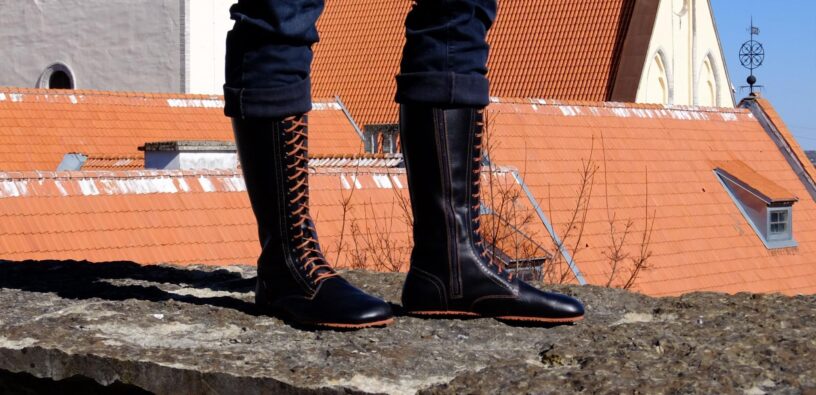
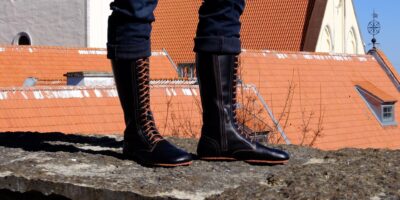
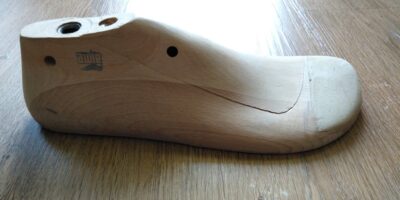
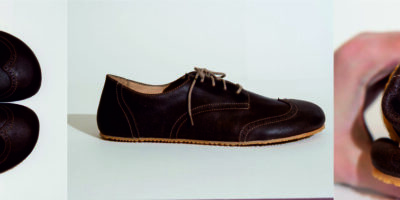
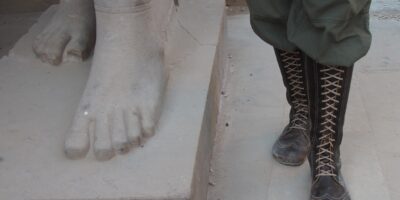
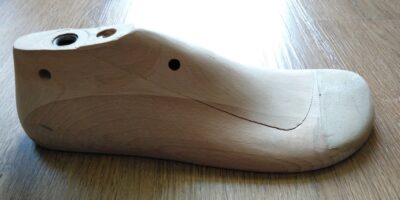
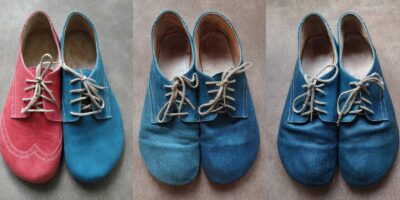
Leave a Reply